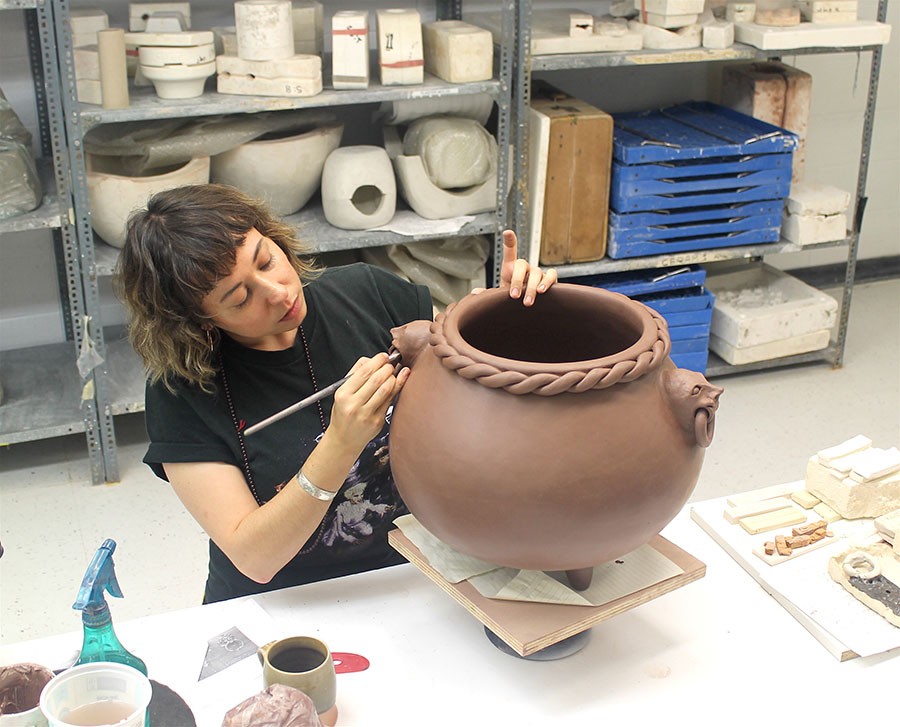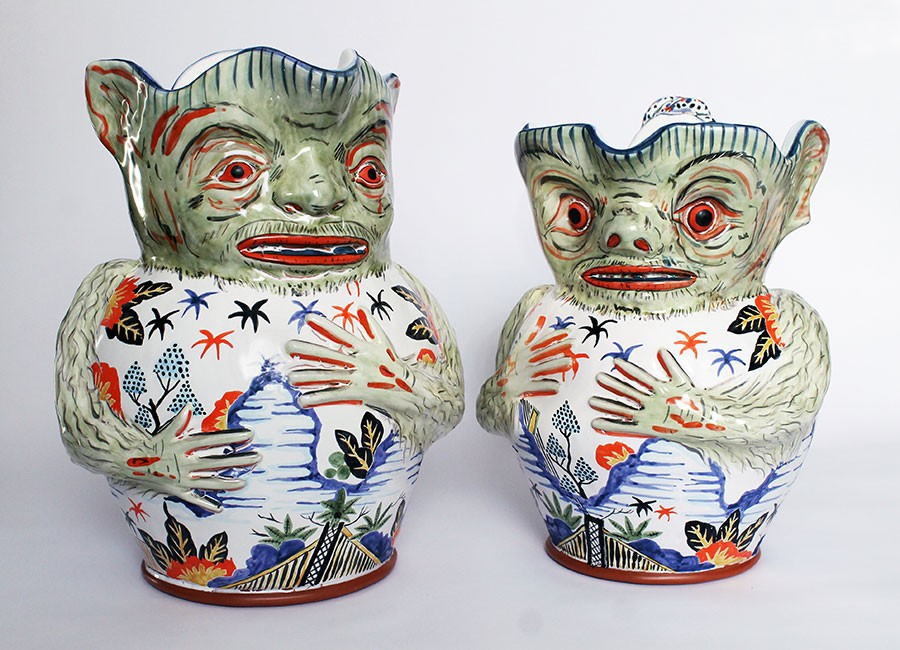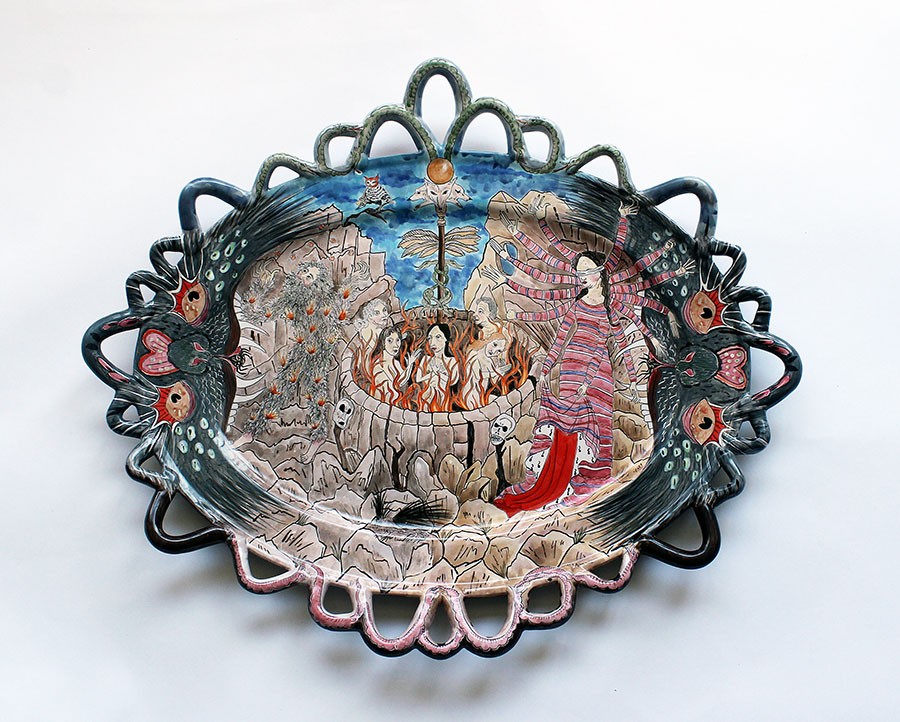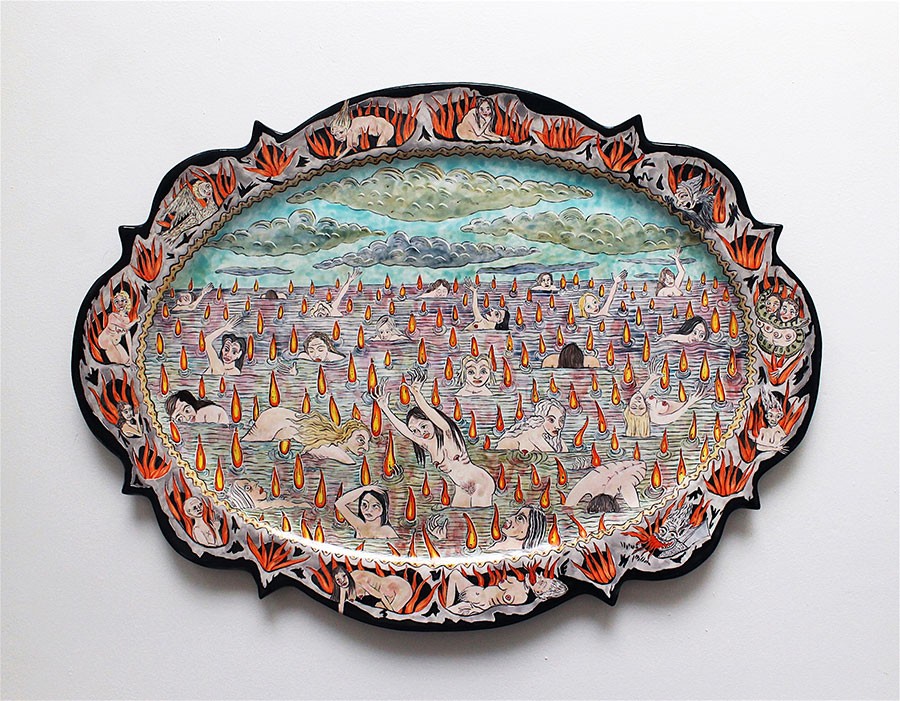What do you think it was about your application and your portfolio this time around that caught the eye of the jury?
There’s so much luck and so much circumstance that’s involved in getting these awards. You have to hit on the right proposal in front of the right people at the right time, and in my experience it’s always been that you have to continue to ask for these things and refine your way of asking over years. It’s a practice, just like making art.
I had just finished a residency that I did this past summer in China, so a lot of the work that I used for the proposal was from that experience. I think it helped to show the jury that this is part of my practice, to travel to different locations and embark on these sort of intensive research and creation periods.
Tell us about the project that you’ve proposed to do for the award.
I really wanted to go to a residency, because I think that residencies have always been an amazing opportunity in my career to meet other artists from all over the world and work collaboratively and have exciting discussions that I don’t necessarily get from my own work now that I’m not a student anymore.
It’s really exciting to go to Medalta because the technology that they use at that residency is very close to what I do in my studio in Toronto. I just feel like I’ll be able to go there and make a lot of work really quickly and continue to try and investigate these kinds of burning questions that exist in my research that have to do with the places where craft, performance and ritual intersect, and how that generates meaning for people.
And there’s also a workshop element to it?
I’ll do a two-day workshop while I’m there. The technique that I use for a lot of my work is called Maiolica, and it’s a painting technique from the Renaissance that a lot of people that work in ceramics find very intimidating. I really like giving workshops to show people that it’s actually quite an easy technique to learn and use in the studio. It has so much potential for providing this historical connection to storytelling and narrative and allegories. It’s really a rich place to think about how to convey a message through artwork today.
And the narrative and storytelling aspect is a really big part of your work as well, right?
For sure. I would say it’s the most important thing, this idea that craft objects allow us to do things like convene with our dead ancestors and visit cultures that are no longer with us and learn about their values and what life was like for other cultures at other times. All of that is so rich with potential for communication. That was really what I fell in love with looking at historical ceramics and why I ended up focusing on that in my educational background.
I think people are really hungry to tell stories. We see that everywhere in culture – that has to do with social media and this golden age of television that we’re having. I like to exploit that drive that we have within us to talk about important political issues and other things that we’re not thinking about enough.
Visit Lindsay Montgomery's website to see more of her work, the Department of Studio Arts to learn about Concordia's Ceramics program and The Clay and Glass Gallery to read about the Winifred Shantz Award.





